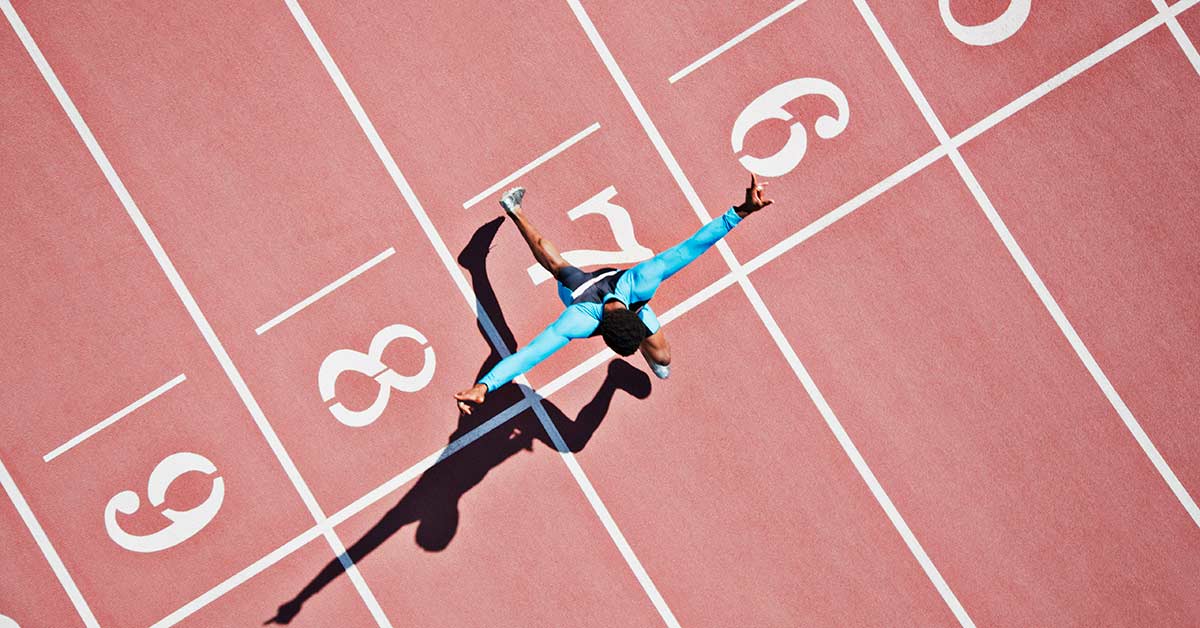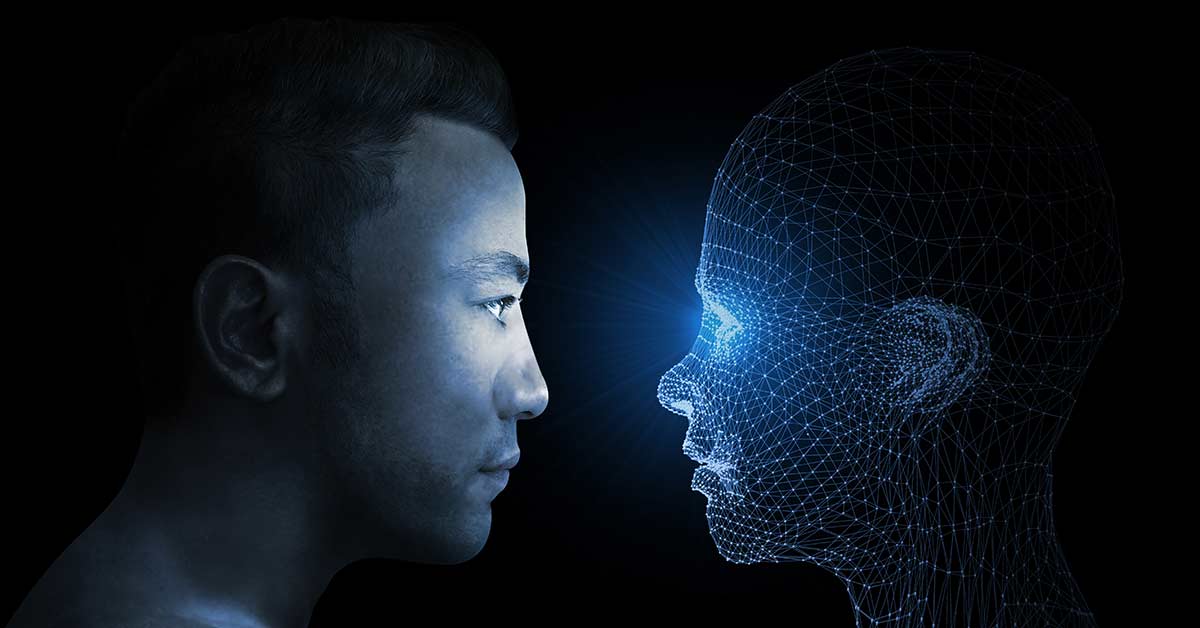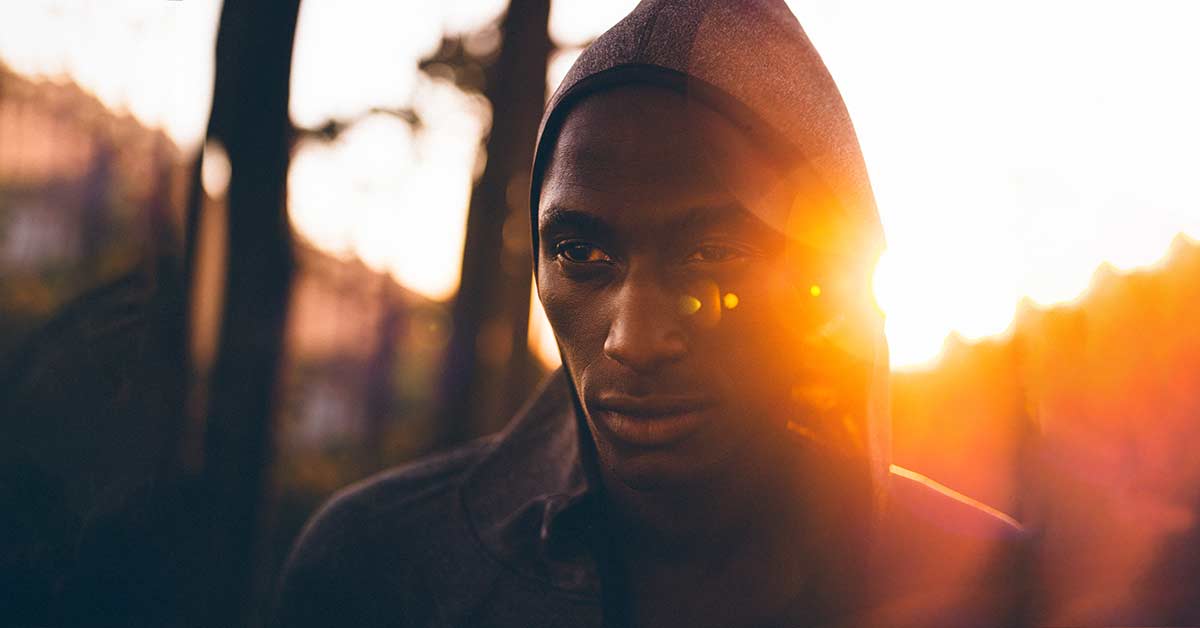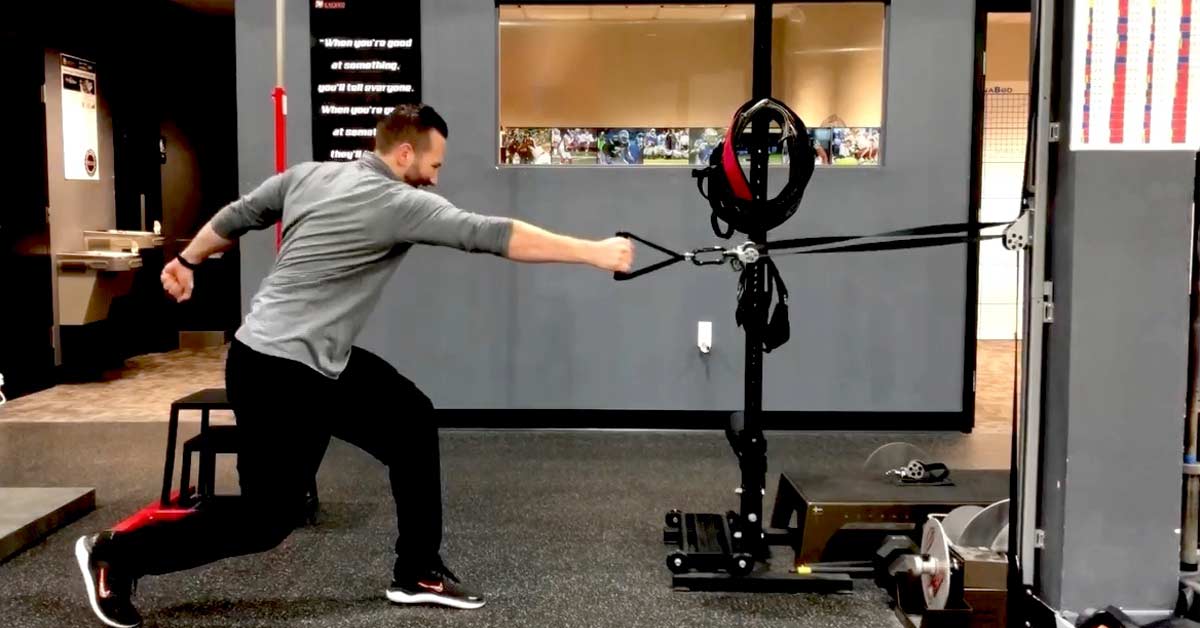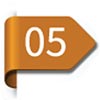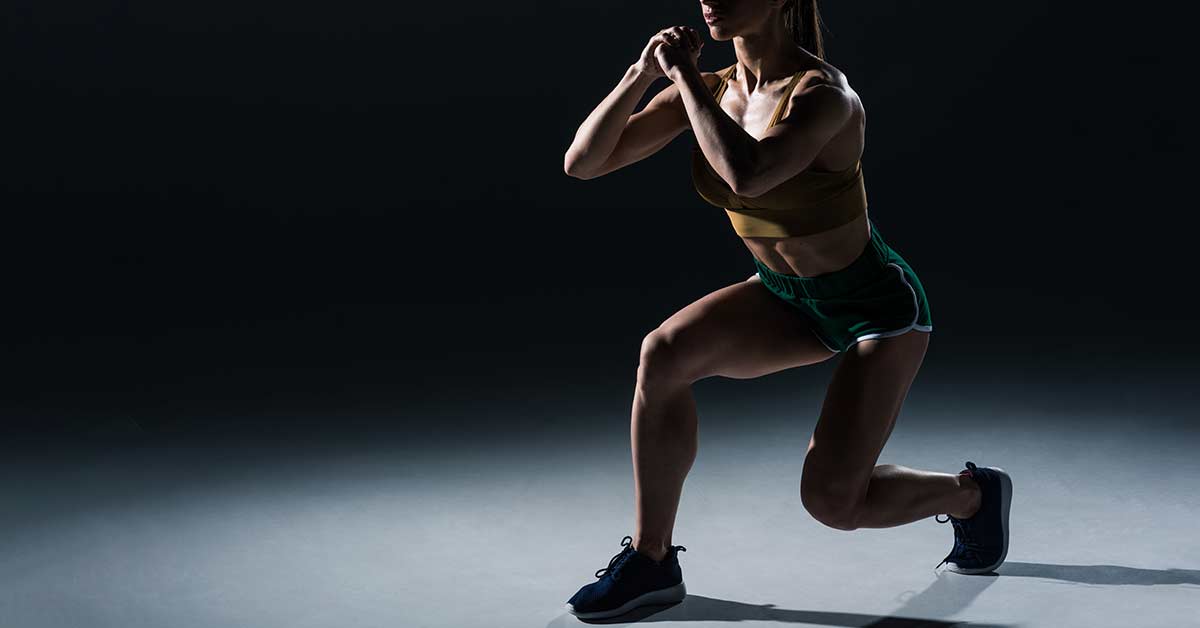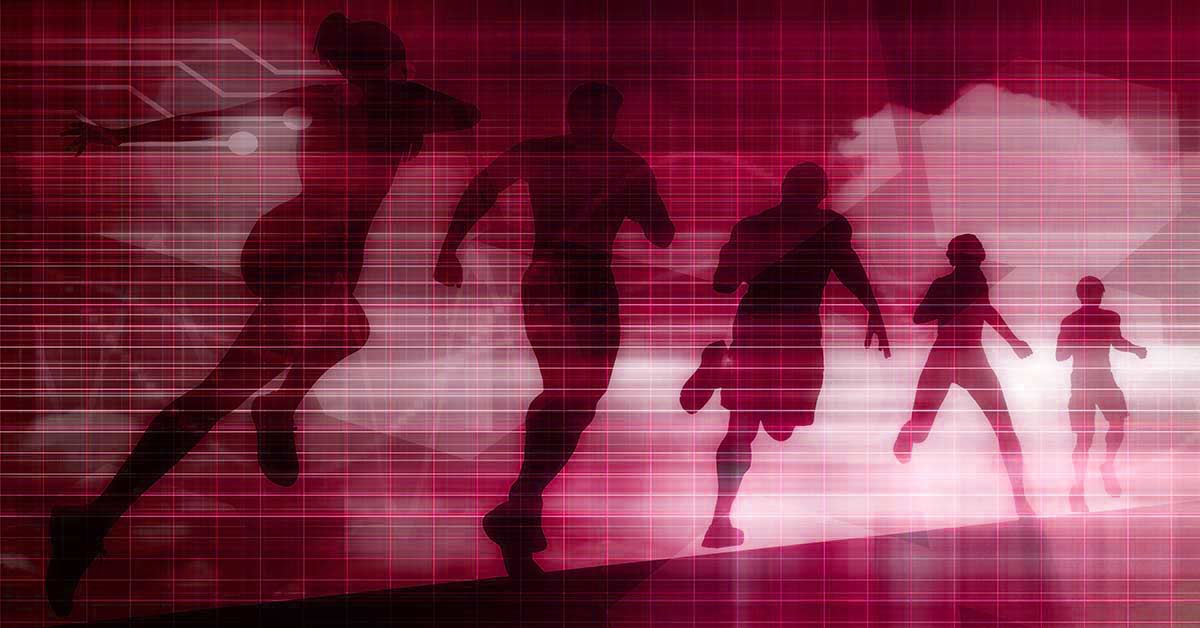Follow the steps below to update the firmware of a Freelap FxChip BLE.
- Install the Freelap Device Manager (FDM) on a mobile device.
- Turn ON a Tx Junior Pro transmitter (any mode Start, Lap, Finish will work).
- Place the FxChip BLE directly on top of the transmitter.
- Press the circle arrow on the FDM app to scan for the chip.
- When the FDM finds the chip, press STOP.
- Press the down arrow.
- Press INSTALL.
- The update will take about a minute.
- When the update is complete, remove the chip and repeat the process for the other chips.
